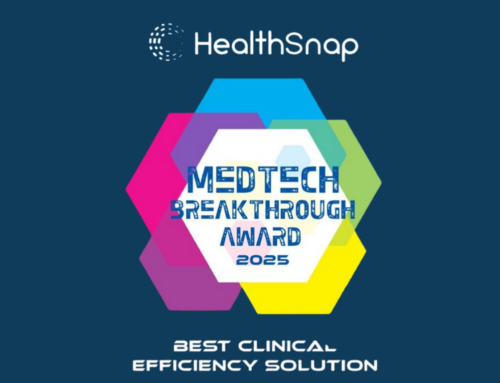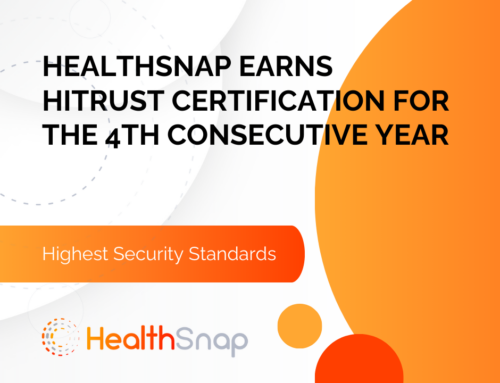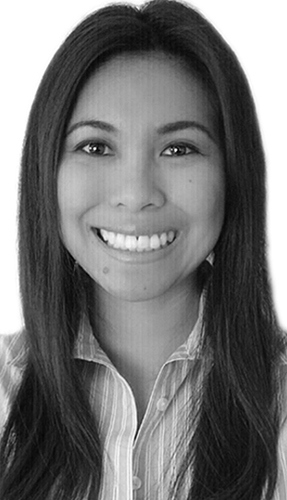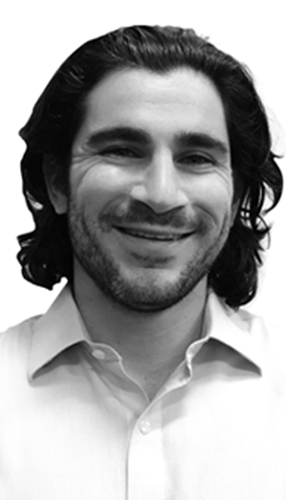There are few drivers in the American health sector that can spur disruption in the way that changes to the fee schedule and reimbursement guidelines of the Centers for Medicare & Medicaid Services (CMS) can. That’s exactly what happened, though, when CMS published the final version of the upcoming Physician Fee Schedule which is an annual document that dictates what types of services providers are able to bill for Medicare patients. In the 2019 version, CMS included several new Current Procedural Terminology (CPT) codes that allow physicians to bill for the time they spend reviewing data generated from remote patient monitoring. These changes reflect prevailing trends in both the consumer and medical technology markets. Because most healthcare providers face the same barriers to taking full advantage of these new codes, HealthSnap’s remote patient monitoring solution was created to address those problems while also increasing clinical efficiency and provider revenue and improving patient health outcomes.
What’s New in 2019
The most critical changes to the 2019 Physician Fee Schedule are three codes that have been added under Chronic Care Remote Physiologic Monitoring:
- CPT code 99453 Remote monitoring of physiologic parameter(s) (eg, weight, blood pressure, pulse oximetry, respiratory flow rate), initial; set-up and patient education on use of equipment.
- CPT code 99454 Remote monitoring of physiologic parameter(s) (eg, weight, blood pressure, pulse oximetry, respiratory flow rate), initial; device(s) supply with daily recording(s) or programmed alert(s) transmission, each 30 days.
- CPT code 99457 Remote physiologic monitoring treatment management services, 20 minutes or more of clinical staff/physician/other qualified healthcare professional time in a calendar month requiring interactive communication with the patient/caregiver during the month.

Taken in sum, these codes provide broad leeway for providers to implement and bill for remote patient monitoring services. While these new codes overlap with some existing CPT codes, those older codes have traditionally included remote patient monitoring under a more general telemedicine umbrella. The new CPT codes are more tailored to remotely generated patient data (weight, blood pressure, pulse oximetry, respiratory flow rate) and a looser interpretation might also include remotely generated data related to a patient’s diet, general activity level and environmental factors that might influence health outcomes. Incorporating this kind of technology into the standard of care for patients living with chronic diseases represents both an opportunity for providers to increase revenue and for patients to improve their health outcomes and experience.
Barriers to Implementation and Payment
The benefits of implementing and billing for remote patient monitoring services are not without barriers though. Much of the hardware and sensors used for remote patient monitoring and data collection are consumer-oriented products. Many of these products—including wearables from Apple, Samsung and Fitbit, as well as sensors from iHealth, Philips and others—produce reliable, high quality data, but are also tied to specific platforms and data portals. This can present significant logistical challenges for providers with diverse patient populations—reviewing patient generated health data becomes infinitely more difficult when providers must manage several different provider portals, each with their own unique interface and methodology for visualizing data.
Similarly, few electronic medical records (if any) are equipped with the functionality to collect, interpret and display remote generated patient data in a way that is both efficient and actionable for clinicians. Because so many of the wearables and sensors in this field are marketed directly to consumers, their data analytics and visualizations are generally not optimized for clinical review and decision-making.
Lastly, even if providers are able to aggregate data into standardized views, it can be challenging to interpret and analyze various streams of remotely collected data into a holistic view of a patient’s health. Too often, more data leads to data overload instead of higher quality clinical decision making.
How HealthSnap Is Breaking Down Barriers
HealthSnap is bridging the gap between opportunity and implementation by empowering providers to begin using (and billing for) remote patient monitoring in a way that captures the full potential of remote patient monitoring. As a complete remote patient monitoring solution, HealthSnap offers providers a means to both increase efficiency and revenue while also improving health outcomes.
- HealthSnap has already completed the technical development to collect data from the wide variety of device vendors and manufacturers that patients are likely to use. Raw data is standardized to make individual and population level analytics possible, regardless of the device used to collect the data.
- Patient data is summarized in insightful, clinically-actionable visualizations in one convenient dashboard. Our proprietary data algorithms normalize lifestyle data from disparate sources and helps patients and clinicians make proactive care decisions.
- In addition to data from wearables and sensors, HealthSnap allows clinicians and providers to create questionnaires and surveys to collect tailored data from their patients. This questionnaire-based remote patient data can fill in key gaps to empower physicians to make clinical decisions that consider a wider range of clinical data than ever before!
If your healthcare organization is interested in increasing revenue and improving patient health outcomes by taking advantage of these new CPT codes reach out here to begin the conversation with one of our specialists.
Help your patients understand how their lifestyle impacts their health by encouraging them to use our data-driven lifestyle management platform. With HealthSnap, you can easily view and understand your patients’ lifestyle health in a tangible report and make data-driven care decisions based on lifestyle data. Sign up for a FREE today by clicking here and make the lifestyle conversation easy!











